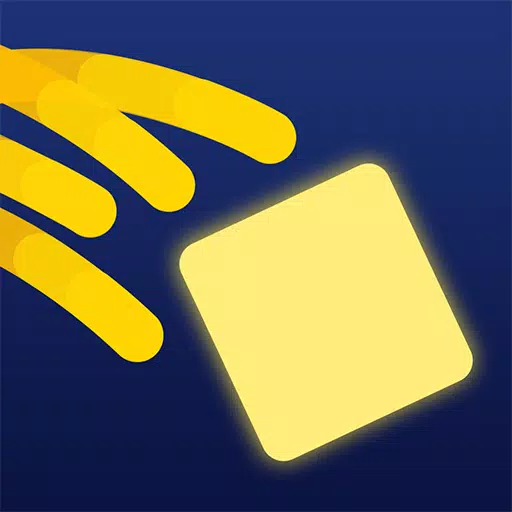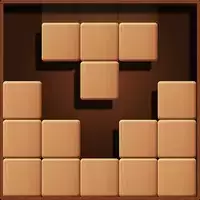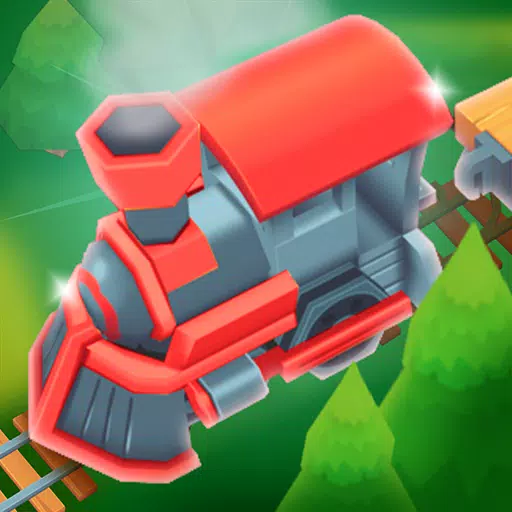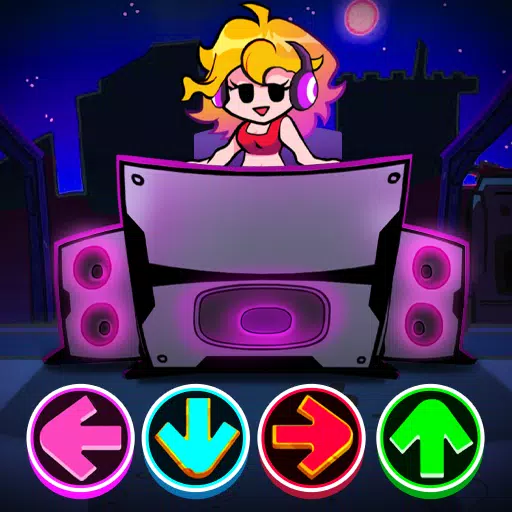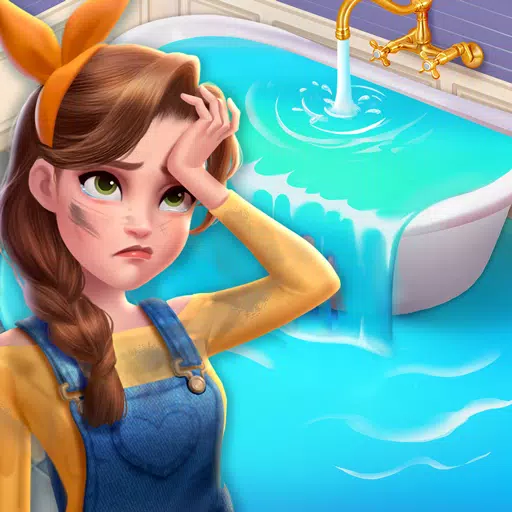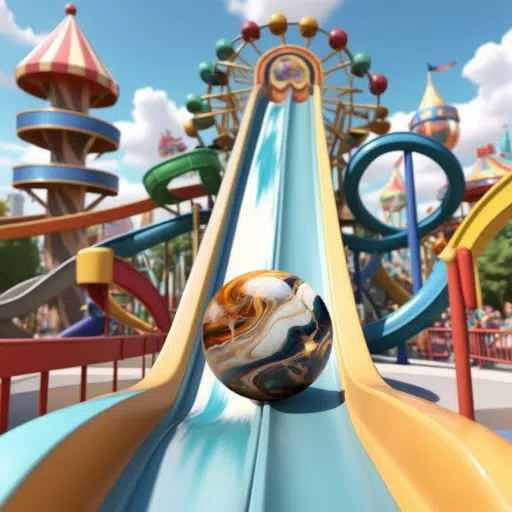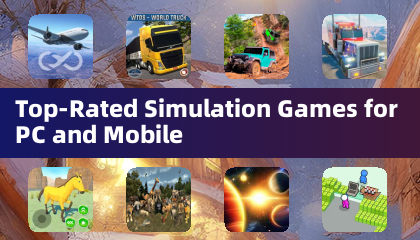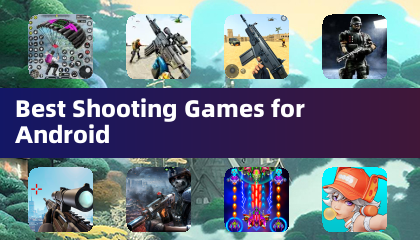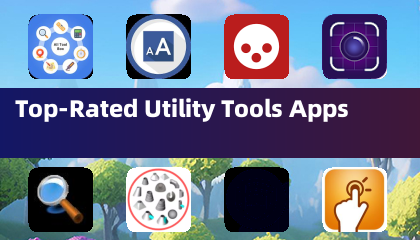Fans of Astro Bot are familiar with the intriguing tale of how the sponge power-up came to be, but did you know that Team Asobi, the developers behind the game, also experimented with even more eccentric powers, such as a coffee grinder and a roulette wheel? This fascinating detail came to light during IGN's coverage of GDC 2025, where Team Asobi's studio director, Nicolas Doucet, delivered a comprehensive presentation titled, "The Making of 'ASTRO BOT'". In his talk, Doucet delved deep into the development process of the PlayStation mascot platformer, showcasing a variety of early prototype images and content that didn't make the final cut.
Doucet kicked off his presentation by discussing the initial pitch for Astro Bot, which was crafted in May 2021, shortly after Team Asobi started prototyping the game. He revealed that the pitch underwent 23 revisions before being presented to top management. The pitch was uniquely presented as an adorable comic strip that highlighted the game's main pillars and activities, which evidently struck a chord and led to its approval.
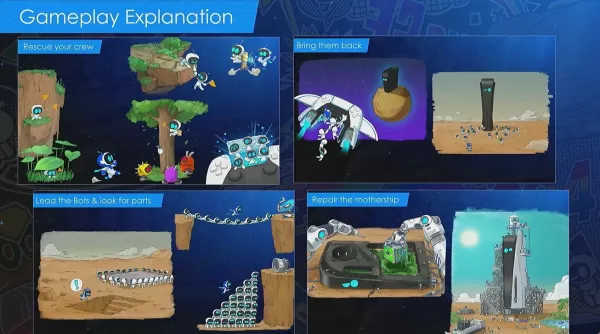
Doucet then explained the team's approach to generating ideas, which involved extensive brainstorming sessions. Team Asobi formed small, interdisciplinary groups of 5-6 people who contributed ideas via sticky notes, resulting in a visually striking brainstorming board:
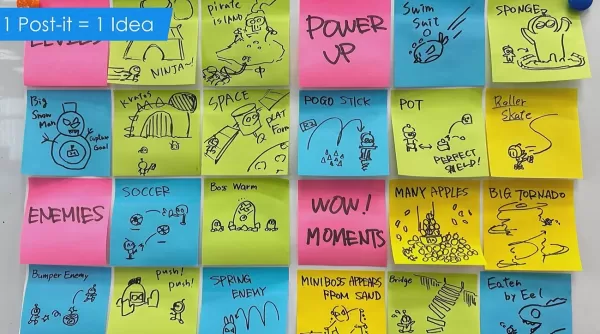
Not all ideas progressed to the prototyping stage, Doucet noted. Only about 10% of the brainstormed concepts were actually prototyped, yet this still amounted to a significant number of prototypes. He emphasized the importance of prototyping across all departments, including an example where audio designers created a theater within Astro Bot to experiment with haptic controller vibrations that matched different sound effects, such as the various ways a door could open and close.
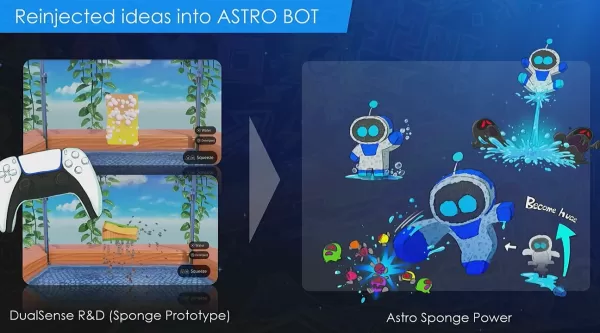
Prototyping was a cornerstone of the Astro Bot development process, Doucet explained, with a few programmers dedicated solely to prototyping non-platforming elements. This approach led to the creation of Astro Bot's sponge mechanic, which was prototyped using the adaptive trigger and ultimately incorporated into the game due to its fun factor.
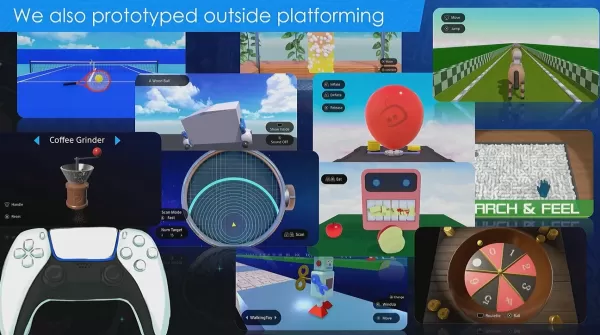
Doucet shared an image showcasing a range of prototypes, including those that made it into the game, like the balloon and sponge, and others that didn't, such as a tennis game, a walking wind-up toy, a roulette wheel, and a coffee grinder.
Later in the talk, Doucet discussed how levels were chosen and designed around specific mechanics. The goal was to ensure each level offered unique gameplay and avoided feeling repetitive. While it was acceptable to reuse power-ups across levels, Doucet stressed that their implementation needed to be distinct enough to maintain the level's uniqueness. He illustrated this with examples of a cut level themed around bird flights, which was deemed too similar to existing levels using Astro Bot's monkey power-up.
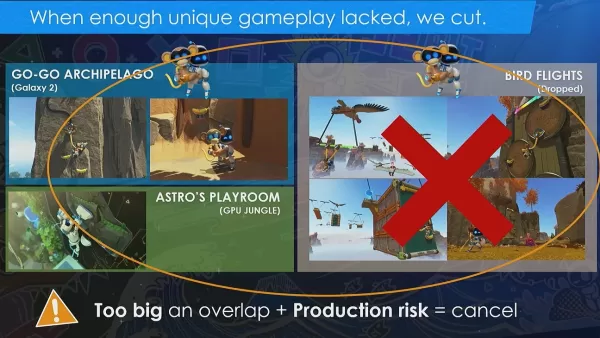
Doucet concluded his talk by discussing the game's final scene, which contains **spoilers** for those who haven't completed Astro Bot. In the original ending, players were presented with a completely dismembered Astro Bot, which was later changed to a more intact version due to player feedback.
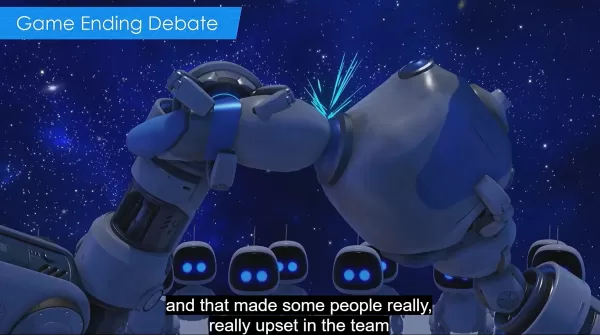
Doucet's presentation was packed with intriguing insights into the development of Astro Bot, a game that IGN awarded a 9/10 in our review, praising it as "A fantastically inventive platformer in its own right, Astro Bot is particularly special for anyone with a place in their heart for PlayStation."




